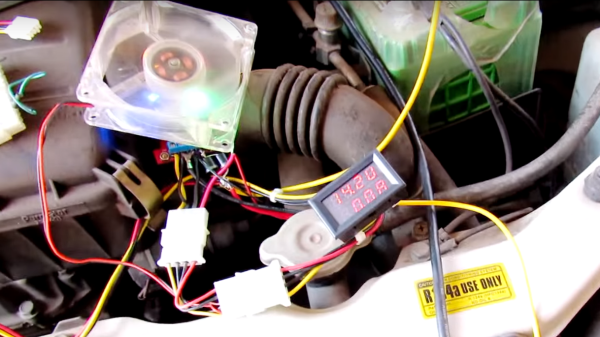Working on car electrical systems used to be easy. The battery simply provided power for the car’s starter motor when starting or to run the small number of accessories when the engine wasn’t running. The rest of the time, the alternator charged the battery and provided power for the rest of the vehicle and the ignition system. While very early cars didn’t have batteries, and some old cars had 6 V positive ground systems, most of us have lived our entire lives where car batteries come in several sizes (controlled by Battery Council International) and cars have a 12 V, negative ground system.
Times have changed. Cars don’t have distributors anymore, they have computers. They also have lots of gadgets from GPS to backup cameras and cellphone chargers. Batteries have had to get beefier and the modern trend is to also require less maintenance So, today, you’ll find that there isn’t just one kind of car battery. But how do these other batteries work and what was wrong with the good old lead acid wet cell?
For the purposes of this post, I’m not talking about electric car batteries which is a whole different topic — and most of them have a regular car battery, too. Continue reading “Car Batteries: More Than Just Wet Lead”













